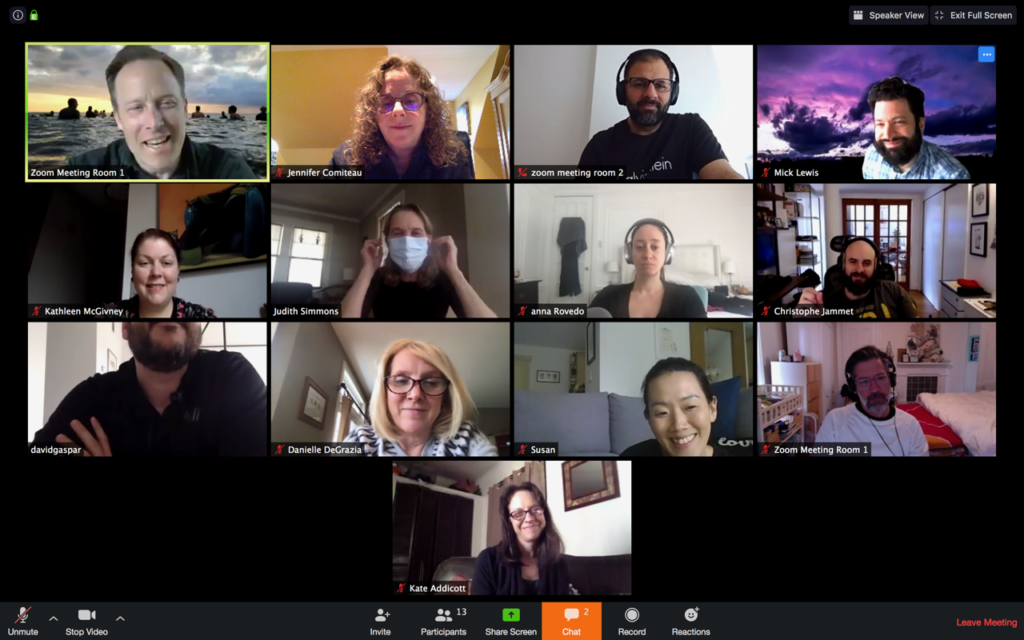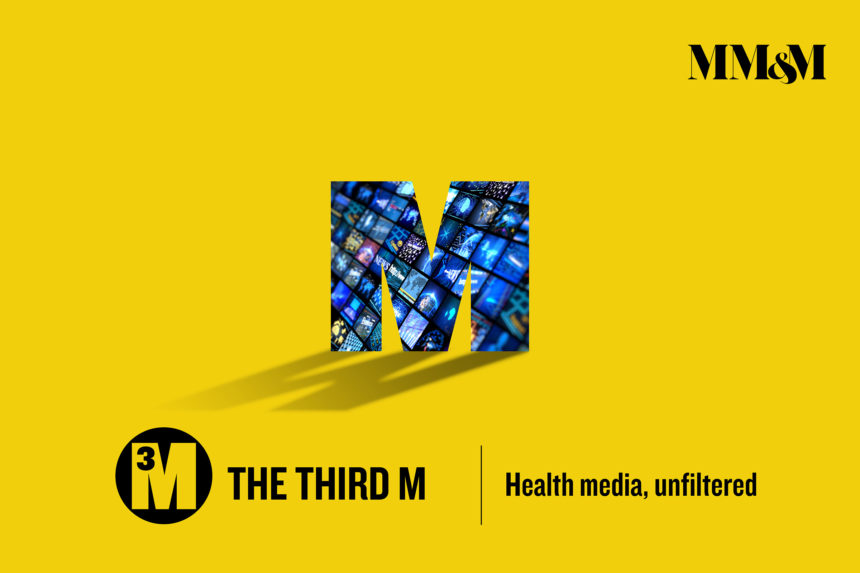Dr. Judith Simmons’ professional credentials span decades and leadership roles in the public and private sectors. Currently managing director of healthcare at digital innovation network Gather and the founder and principal of healthcare consultancy Lion Head Advisors, she previously served as founding medical director of the New York State AIDS Institute. She’s also a board-certified internist and a diplomate in gastroenterology.
At the same time, Simmons is a skilled and empathetic communicator – which is why she has been charged with leading Gather’s weekly virtual roundtables. During them, she has served up science and support in equal doses, and even helped treat two Gather employees struck by the coronavirus. Here, she addresses the challenges that come with such a role and her questions about an eventual post-COVID future.
(This transcript has been edited for length and clarity)

We’re well over a month into social distancing. How has this affected you and the way you do your work?
I get whiplash sometimes, because my husband is a physician on the frontlines. Plus, like you said, there’s the sameness of it all and knowing that things are going to be the same for a while. But also, you know, it’s spring. It’s renewal, it’s optimism. Everybody wants to know how we’re going to move forward.
This is something a little different: I’m ending phone calls with friends by saying, “I love you.” It feels right and good to say it. That’s something you might have not been willing to do in the past.
In a big-picture sense, how do you think most people are dealing with the hand they’ve been dealt?
I’ve been very impressed by how, for the most part, people are taking social distancing very seriously. And we’ve all seen stories about amazing innovation, like people with sewing skills making masks. The sense that we’re all in this together – hopefully it lasts as this goes on.
But what we’ve started hearing about “getting back to work, getting back to normal” – that may be premature. I don’t know what “normal” is anymore. Do you? “Moving ahead” or “moving forward” may be a better way of thinking about it.
You started to do weekly calls with your Gather colleagues about two months ago. What were your takeaways from those first few sessions?
That it’s okay and necessary to talk about how you feel. At first it was very factual – about protecting ourselves and wearing masks, about resources and the supply chain – but I started ending each call with, “How are you feeling about this?” It was important to be very intentional about that.
Why was that so important?
Because on the other side of this, there will be considerable concern about people’s behavioral health. For the frontline workers, there’s so much sadness and stress. It’s a little like PTSD. They can’t take care of people the way they’d like to, in terms of communication and touch.
Everybody is dealing with isolation and economic pressure. You have people dying – how do we grieve in a socially isolated way? Weddings have been canceled, young people are missing their graduations. We’re going to have to address this strain on our society.
What are some of the things you’re finding that people need to hear the most?
People need to hear things about their safety, clearly. During one call, I demonstrated how to put on a mask. But they need to be able to discuss the things they’re curious or anxious about, and ask questions that might be considered naïve or that they think they should know the answer to. You can get pretty granular at times.
In a way, does what we’re experiencing now give rise to some opportunities down the road?
I was involved with HIV early on and some good policy came out of it. Safe sex came out of it. So maybe this is going to make us think a little more about day-to-day behavioral health, about the social determinants of health, about access to healthcare, about how we work, about how we approach the end of life. We need to keep those conversations going.
We’ve seen so much amazing innovation, like building ventilators. How do we hang on to that? We need to institutionalize some of the ways that organizations have shifted.
Who are you looking to for information? How about for inspiration?
The New York Times and the Washington Post have done a great job with the 50,000-foot level information. New England Journal of Medicine and Johns Hopkins and Kaiser Health have been great on the medical side. I’m also talking to a lot of clinicians on the ground. There’s a whole network of people out there talking on social media.
For inspiration? It’s everywhere. The people working on the frontlines. Teachers. People sewing masks. Leaders like Cuomo and Dr. Fauci. Neighbors who are delivering food and checking on each other. The guy who runs a pizza place in Chicago who figured out how to use his oven to make face shields. Laura Benanti reaching out to students not able to perform in their school musicals.
There’s inspiration in science – the collaboration and support and transparency and sharing of data. It’s really exciting. There’s been a lot of frustration and a lot of issues with “we could have avoided this,” but inspiration is everywhere.







